Available: Mon - Fri 8am - 7pm PST & Sat 8am - 1pm PST
What is Sake?
The very, very short answer is that sake is rice wine from Japan.
You’re not here for a short answer, though. You’re here because you’ve asked the question “What is sake?” or “What does sake taste like?” and you’re ready for some information about the infamous rice wine. Great. But is it a wine? It’s not made like wine, but more like beer. Yet, because it’s made from rice and fungus(?!), it tastes like neither of these popular beverages. Sake is the most popular alcoholic drink in Japan and is the official national beverage, and farther down the page, we’ll recommend some of the best sake brands and products carried by Country Wine & Spirits. But before that, there really is an awful lot to learn about sake. Don’t worry: we’ll keep it brief and fun.
The Origins of Sake
Is it any surprise that the origins of most alcohols are a bit hazy? It’s easy to imagine that the discovery of such an intoxicating brew might also coincide with the discovery of the first black-out bender and epic hangover in all of history.
The earliest written history of Japan, the Kojiki, mentions alcoholic beverages. This text, from around the 8th Century C.E., uses the Japanese character for sake which is suitable as a term for referring to any alcoholic beverage. In Japan, the drink we call sake is called nihonshu (“Japanese alcoholic drink”) and is labeled seishu (“refined alcohol”) on bottles. This latter term is not used very often in conversation, so it is easy to distinguish from the more commonly-used “sake.”
The drink we think of as sake was, as were most alcohols, used in religious ceremonies and festivals. By the 10th Century C.E., the production of sake had moved away from strict government oversight to temples and shrines throughout the country. These locations became the primary means of sake production until distillation and distilleries revolutionized the industry in the 16th Century. After this, the brewing of shōchū, or “Imo-sake” started.
The oldest sake brewery ever discovered in Japan is in the Kyoto area, and produced sake during the 15th century. The brewery produced unrefined sake and had space for 180 storage containers for aging the alcohol.
Sake Ingredients
So if sake has been around for so long, it’s got to be made from something that has been a part of Japan’s environment for a long time, right? Right. Like many spirits and liquors, sake starts with very few ingredients.
Rice is the primary ingredient in sake, but this is a lot like saying that wheat is the primary ingredient in whiskey. Some experts place the first cultivation of rice in East Asia at a whopping 13,000+ years ago, most likely in the Yangtze River basin in China. From this venerable point, rice spread widely throughout East Asia, becoming the staple food of many cultures’ diets.
With rice, however, just like some salts and grains, some varieties are not suitable for food consumption. Some estimates place the number of different sake rices at around 80. These are different from the varieties of rice that we commonly eat. The most commonly used varieties of sakamai, or “sake rice,” are Yamada-nishiki, Omachi, Gohyakuman-goku, and Miyama-nishiki. The latter two are rice varieties developed to grow in colder climates. The different kinds of rice influence the flavor of the sake.
To the rice, we of course have to add water, and even in selecting this very basic ingredient, much care is given to the quality of the water. Some sources are thought to produce higher quality sake due to the mineral content and hardness of the water. And finally, we get to Kōji-kin, the enzyme-producing fungus spores that are added to the rice. Under proper conditions, these spores release an enzyme that assists in fermentation. The boost from the spores makes sake the potent and pleasing brew we know today.
The Different Types of Sake
When you go to order sake online, many stores don’t really know how to differentiate the varieties of sake. Being the main ingredient in sake, we need to pay attention to the rice to understand the different types of sake. Grains of rice are milled at the beginning of the production process. This reveals the flavorful kernel within the grain that is used as the basis of sake.
Depending on the rice used, the five kinds of sake are Junmai-shu, Ginjo-shu, Daiginjo-shu, Honjozo-shu, and Namazake. The flavor and aromatic differences in the varieties are often subtle. The delineation between types comes from the percentage of rice that is milled versus the percentage that retains its original size. For example, Honjozo-shu has a “degree of milling of 70%. This means that 70% of the grain retains its original size, while 30% is milled.
Junmai-shu is pure, undiluted sake. This means that the Alcohol by Volume (ABV) is determined solely from the fermentation process of the mash, without the addition of any brewer’s alcohol. Honjozo-shu, on the other hand, incorporates brewer’s alcohol. Elevate sake with additional alcohol for a delicate and smooth body and flavor profile in flavored alcohol.
The addition of alcohol to sake was popularized during the Second World War. Wartime rice shortages, and edicts from the government to lower the amount of rice used in sake production, inspired brewers to add pure brewers alcohol to their mash. The resultant combination worked to bring out other flavors and aromas in the sake and continues to be a practice in some sakes even today.
What Does Sake Taste Like?
Chilled? Warmed? Piping Hot?
Before discussing the flavors of sake, we need to get even more basic and think about how to drink sake. Depending on the variety, you may need to chill the beverage, or you may need to heat it close to boiling. While some varieties benefit from this heating, there are others whose flavors and scents can be lost if warmed too much.
Futsushu, regular sake, is often served “piping hot” at many sushi or Japanese restaurants in North America. While sake is, and often should be, heated, this process can obscure the flavors of certain kinds of sake. Premium sakes, particularly the Ginjo-shu variety, benefit on the other hand from being served slightly chilled. This allows the sweeter, fruitier aspects of the drink to come through.
The Flavors of Sake
Sake flavors are considered from five perspectives: dryness, bitterness, tartness, sweetness, and acidity. These flavors are drawn from “an ancient Chinese philosophy whereby consuming all five flavours ensures development of the five senses.” Ginjo-shu, for instance, is often a sweeter, lighter flavor as compared to the higher acidity and rich flavor of Junmai-shu. Different types of sake will also have different amounts of brewer’s alcohol. This addition significantly affects the flavor of the sake.
When you want to buy sake online, the final criteria in determining the flavor of sake, like many spirits, liquors, and wines, is how long it has been aged. Most sake should not age nearly as long as the hard liquors - 9 months to a year is sufficient to bring out the flavors of the drink. Sake that is aged for longer periods is referred to as Koshu and has a much more robust flavor profile.
Sake Mixed Drinks
This is all well and good for those of us who like to feel the burn, so to speak. But as with literally every other spirit out there, some amazingly delicious cocktails use sake as a base.
Perhaps the simplest of sake drinks, take your favorite lemon iced tea mix and add a heaping dollop of sake. Recipes call for a ratio of 4:1, sake to tea, but this can be adjusted to your preference. Another really interesting cocktail is the Yogurt & Sake. While it may sound strange to add yogurt to alcohol, the drink is called “sweet, healthy and skin-friendly.” We’ve never heard of any other cocktails that incorporate yogurt, making this drink too interesting to not try. Here’s the recipe (via Sake Talk):
Ingredients
- Sake 100 mL
- Plain yogurt 200g
- Honey 1.5 tbsp
- Salt 0.5 tsp
- Strawberry for garnish
Place everything but the strawberry in a bowl and mix thoroughly. Place in the refrigerator for 30 and then strain into a glass.
Popular Brands and Recommended Products
Sake’s popularity has led to a large number of sakes entering the marketplace. So when you’re looking for sake online, how do you know which bottles to buy? Well, sit back and relax. That’s why we’re here.
Sake Samurai (an official title bestowed by the Japan Sake Brewers Association) Monica Samuels calls Hakkaisan Tokubetsu the best overall sake thus far for 2022. In a 2021 poll, Hakkaisan was voted the second most popular brand. The first? Dassai, produced by Asahi Shuzo. This sake is described as having “a fruity flavor profile and a smooth, refined finish.” And, if the accompanying picture is anything to go by, it can be served as a milkshake! These are only two of the most popular sake brands available.
And don’t fret over where to buy sake. At Country Wine & Spirits, we have a wide variety of products available to make it simple to order sake online. Gekkeikan produces the affordable Black & Gold, a sake meant to be sipped chilled and boasting the flavors of papaya and toasted nuts. Takara’s Sho Chiku Bai Nigori is an unfiltered sake, slightly cloudy and having cream and custard flavors. This is a perfect one to serve after dinner as a dessert drink.

For something a little pricier, but also with a more interesting background, try Heavensake Junmai 12. A “bright and fresh sake [that] is a beautiful alternative to rosé and white wine.” Heavensake is a collaboration between revered Japanese sake breweries and a French wine expert. The international nature of the beverage has produced a unique flavor among sakes. And finally, for those who prefer the above-mentioned cocktails and who like to avoid the burn, Ty Ku offers “the world’s first cucumber sake” for a taste sensation you won’t soon forget.
Frequently Asked Questions
That was an awful lot of information. Hopefully, it’s helped you in your quests to find out where to buy sake, kinds of sake drinks, and some of the best sake brands. To sum up, let’s address some frequently asked questions about sake.
What can you use to make sake mixed drinks?
As with any alcoholic mixed drink, you’re limited only by your imagination. However, for some suggestions from the experts, try lemon tea, yogurt, ginger ale, tomato or tropical fruit juice, Coca-Cola, Calpis Water, or lemon juice (just a few drops). Really, how to drink sake is completely up to you.
What other alcohols does sake resemble?
There aren’t any! Due to the unique nature of sake’s production process, there aren’t really any alcohols that taste quite like sake. The aforementioned Ms. Samuels says “Sake is built like a beer, but it drinks like a wine.” And it doesn’t taste like either of those other alcohols.
Is sake a wine or a liquor?
Although sometimes called “rice wine,” by traditional definitions, sake is closer to a beer. And, strangely, it often drinks more like a liquor than a wine. Sake is a great example of a liquor from another culture that doesn’t fit neatly into the categories of alcohol you might see when buying sake online. It really is its own unique drink.
How strong is sake?
The suggested products above have an ABV ranging from 12 - 15%. In contrast, the popular Bulleit bourbon has an ABV of 40%. While sake may have a relatively low ABV, its strong flavors often make people think it’s stronger than it is.
Is sake a hard liquor?
As noted above, sake is really its own kind of alcoholic beverage. Brewed like a beer, treated like a wine, and often drank like a spirit, sake is versatile enough to be served warm to heat a chilly evening or served chilled to cool and warm Summer afternoon.


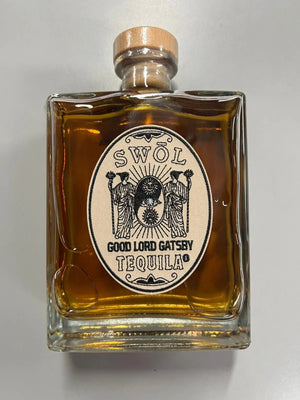
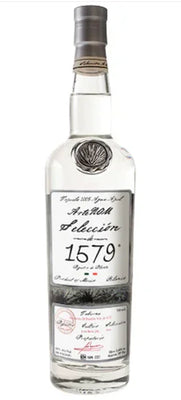

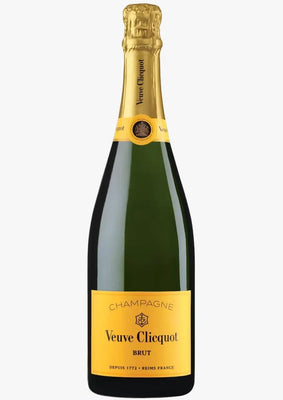

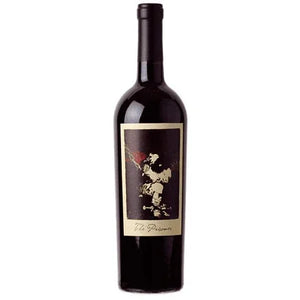

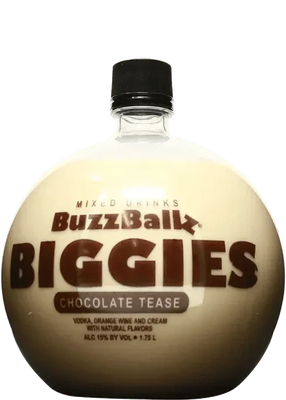
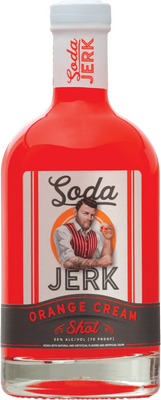
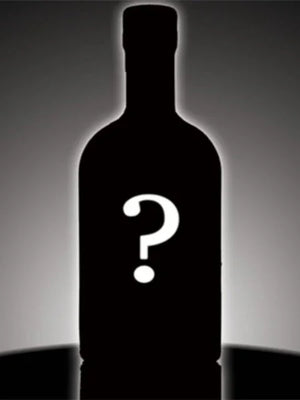
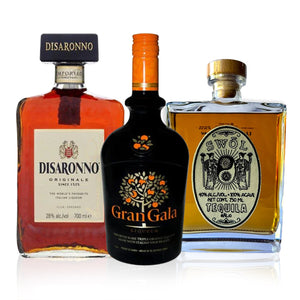



















 Get Vault Pricing
Get Vault Pricing




















